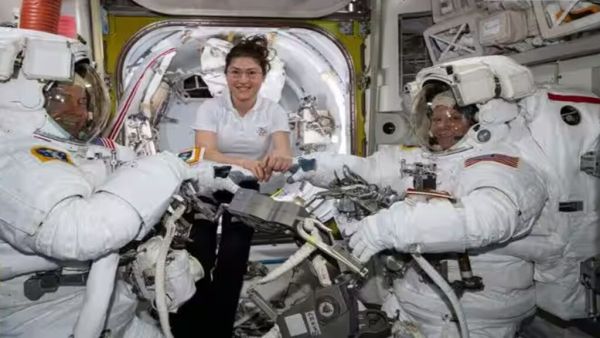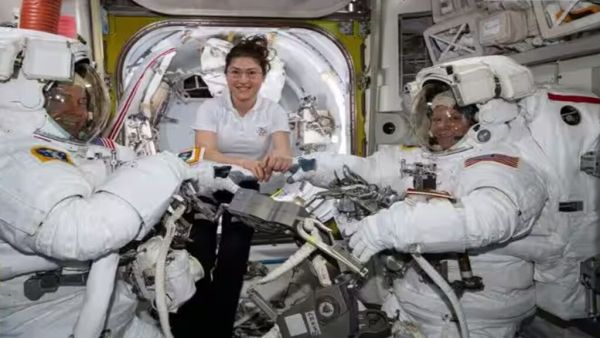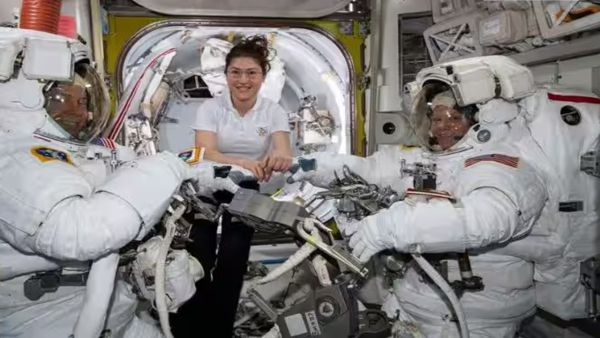


Indian Air Force Group Captain Shubanshu Shukla has become India’s second astronaut and is currently in the International Space Station. Shubanshu Shukla will be the first Indian astronaut to go to the International Space Station. Shubanshu has gone on a joint mission of four countries including India, the US, Poland and Hungary, which is named Axiom Mission 4. This mission was launched on June 25, 2025 at 12:01 pm from the Kennedy Space Center in Florida. Although going into space is a matter of concern for India, what will the astronauts eat? In what conditions will they live? Will they walk or float in space? The answers to many such questions seem fascinating, but do you know? Even though they do not have sex in space, why do astronauts wear condoms while going? Let’s find out why…
Only those people can fully understand what it takes to survive at altitudes where gravity doesn’t work. In space, without gravity, astronauts can’t do many things they can easily do on Earth. Eating, sleeping, and walking comfortably are also a big problem. But why do astronauts wear condoms when they go into space?
Why are condoms used?
Whenever we talk about space, high-tech suits and floating astronauts come to mind. But have you ever wondered how astronauts go to the toilet in space? This is common on Earth, but in space there is no gravity, so it is a difficult problem there. Former NASA astronaut Rusty Schweickart revealed during an interview that in the old days, a condom-like device was used to urinate in space. Astronauts would wear this device on their penis and would have a catheter, a filtration system, where the urine would collect in a bag near the suit. These devices are also known as condom-catheters.
At that time, the system helped in collecting urine in microgravity. But there were many problems with this condom system. Sometimes they did not fit all astronauts. In fact, not all humans are built the same. NASA then put three size options – small, large and medium. Whenever an astronaut had the option to choose a size, he always chose the larger size.
Now the system has advanced. Former astronauts said that the size was a common problem that often led to leaks. Therefore, NASA initially had to change the name of their system.
The microgravity experienced in space can make the process of disposing of human waste more complicated and even dangerous. The lack of gravity can cause waste from space workers to float, which is not only harmful to the health of astronauts, but if this happens on the ISS or other space stations, the free-floating waste can damage sensitive equipment.
Urine is collected by toilets on the ISS and sent to a water recovery system, which also collects sweat and moisture in exhaled breath. It is then sent to the Water Processor Assembly (WPA), which then converts it into drinkable water.
“We recycle about 90% of our water-based fluids on the space station, including urine and sweat,” said NASA astronaut Jessica Meir. “What we try to do on the space station is mimic the elements of Earth’s natural water cycle to recover water from the air. And when it comes to our urine on the ISS, today’s coffee is tomorrow’s coffee!”, the comments were made.